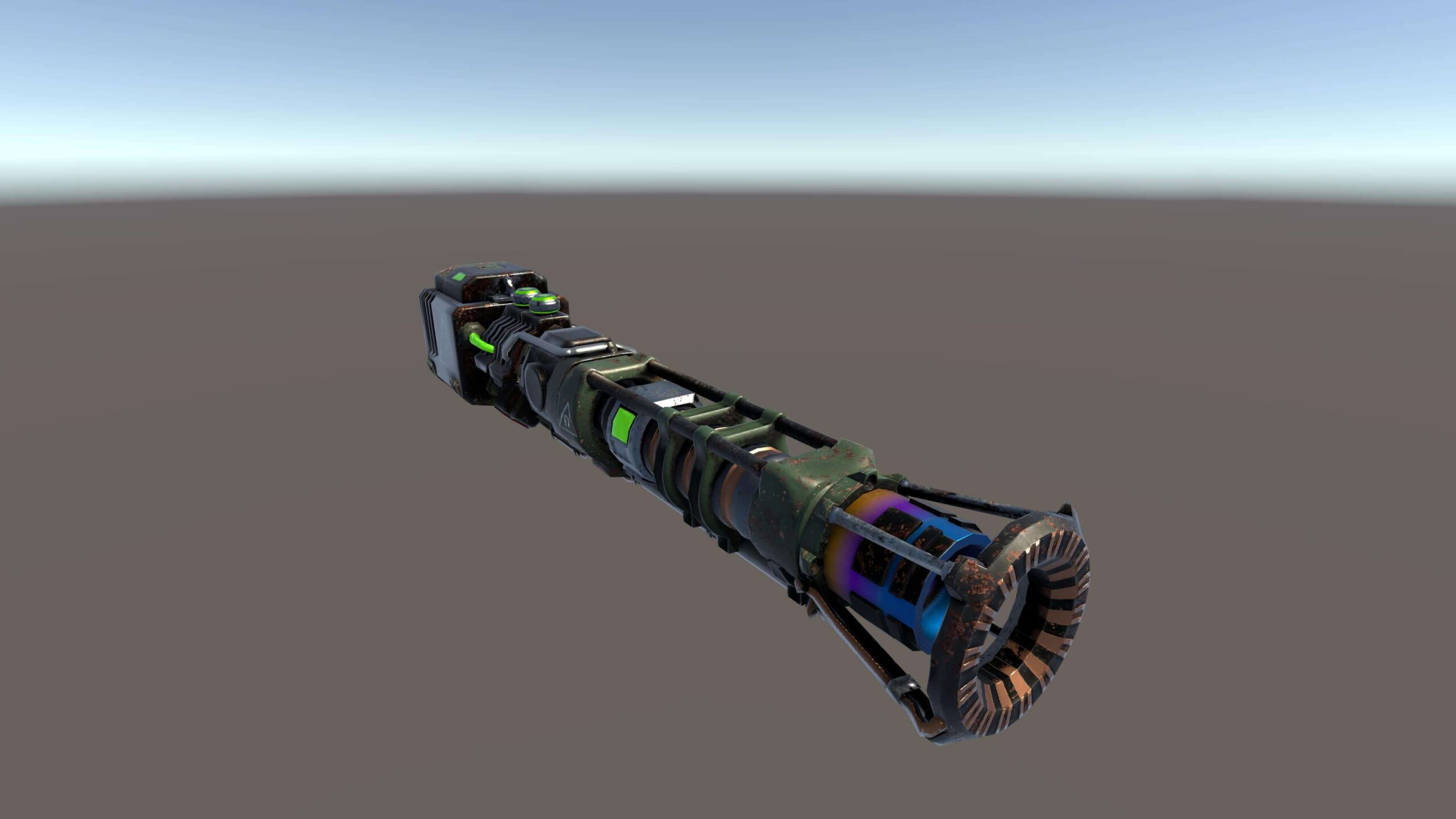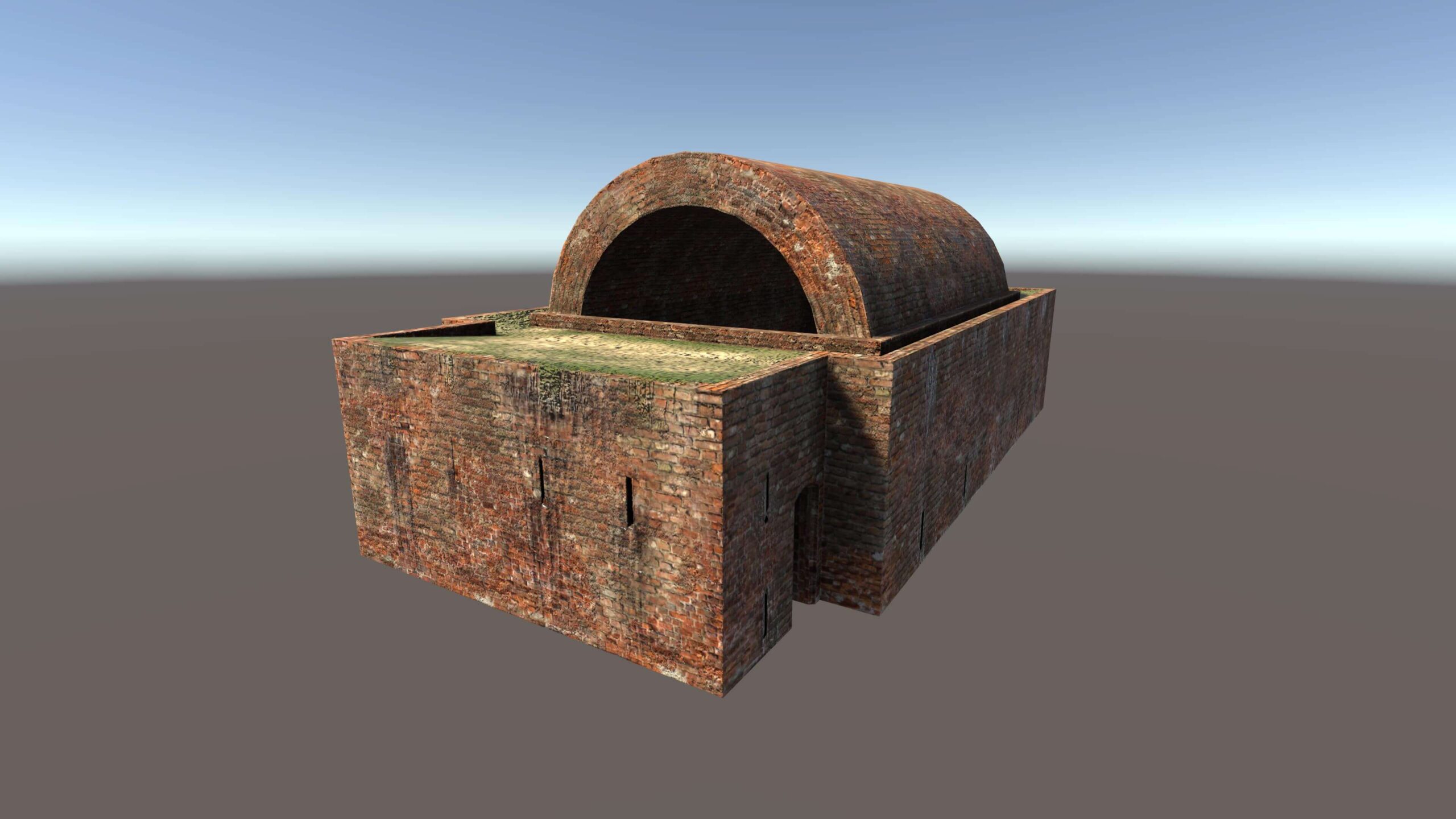How it all started
Before Ivan Sutherland developed Sketchpad in 1963, two Boeing design team members, William Fetter and Verne Hudson, coined the term “3D modeling.” Their work laid the foundation for concepts like visual modeling, CAD software, 3D rendering, and 3D graphics.
The University of Utah became a hub for 3D modeling advancements, fostering many trends in the field. Ivan Sutherland and David C. Evans, both pivotal figures at the university, mentored talented graduates who later co-founded companies like Adobe and Pixar. It was also at the University of Utah that the famous Utah Teapot was created, a 3D model that became a benchmark for rendering in computer graphics.
This iconic teapot has made appearances in numerous animated films and shows, including Toy Story, The Simpsons, and Monsters, Inc., cementing its place in 3D modeling history.

3D Modelling in Game Development
In the 1980s, thanks to the GameDev industry, 3D computer graphics animation expanded beyond its scientific and academic roots. With the rise of video games like those from Nintendo and the massive popularity of the Star Wars franchise, 3D modeling, and rendering technologies brought immersive experiences to millions of users.
- 3D Modeling: This aspect focuses on the geometric structure, topology, and other technical details that shape the objects and environments within a game.
- Rendering: On the other hand, rendering is centered on lighting, shading, and visual effects that give these 3D models a lifelike appearance.
Many modern games exemplify the power of 3D modeling and rendering, empowering users to create and interact within highly detailed virtual worlds. Notable examples include Minecraft, Spore, Fortnite, Kerbal Space Program, and Roblox, all of which highlight the creative potential unlocked by these technologies.
3D modeling in Marketing
3D modeling has found extensive commercial use beyond marketing and advertising, offering innovative solutions across various industries:
- Product Design and Engineering: Companies like Boeing use 3D modeling in the early stages of product development, allowing designers and engineers to work with virtual prototypes of aircraft before physical production.
- Customization and Personalization: Consumers, such as Nike shoe buyers, can digitally personalize products and view them from every angle before purchase, enhancing the customer experience.
- Retail and Augmented Reality (AR): Retailers like IKEA and Wayfair integrate 3D models with AR technology to give shoppers a more realistic sense of how furniture will look and fit within their homes, improving online shopping experiences.
- Automotive Industry: Tesla has taken 3D modeling a step further by embedding it directly into their vehicles. The center touchscreen in Tesla cars displays a detailed 3D model of the car and its surroundings, including nearby vehicles and pedestrians, offering real-time awareness and a more interactive user experience.
3D modeling has thus become a powerful tool in product development, personalization, and customer engagement across various sectors.

What business value can 3D modeling services bring?
The benefits of 3D modeling and printing extend far beyond design and digital sectors, offering practical applications in various fields:
- Project Documentation and Compliance: 3D modeling facilitates easier documentation and clear communication, improving coordination in complex projects. This is crucial for maintaining compliance and streamlining documentation processes across businesses.
- Industry-Specific Applications: In sectors like manufacturing and construction, 3D modeling provides accurate depictions of product dimensions and reactions. This enhances visualization and allows for precise 3D printing, which can significantly impact product development and project execution.
According to a survey by the Aberdeen Group, companies that integrate 3D modeling into their product design process experience an average design cycle time that is 38% shorter compared to those that do not. This advantage presents unique opportunities for traditional industries, such as manufacturing and construction, to leverage 3D modeling and printing for efficiency and innovation.

What are the benefits of 3D modeling services outsourcing?
According to a report by Fortune Business Insights, the 3D mapping and 3D modeling market was valued at USD 6.11 billion in 2023, with a significant portion attributed to outsourcing. The market is projected to grow from USD 6.77 billion in 2024 to USD 22.19 billion by 2032, reflecting a compound annual growth rate (CAGR) of 16% during this period.
3D Modeling Outsourcing:
- Outsourcing 3D modeling is not just a strategy for budget optimization and cost-cutting. It is also aimed at maximizing profit and business value by accessing additional expertise and resources. This approach supports companies in achieving and exceeding ambitious growth objectives.
Extended Reality (XR) Technologies:
- XR technologies, including virtual simulations, have proven highly effective in reducing training costs and times while significantly enhancing skill acquisition and comprehension. A University of Phoenix study highlighted that virtual simulations can cut training time by 75% and boost job performance by 70%.
Industry Adoption:
- Leading organizations such as Siemens Healthineers, GM, Samsung, Sprint, HP, Microsoft, and Lockheed Martin are actively implementing 3D and XR training programs. These technologies are utilized across various fields, from operational training to customer service improvement, demonstrating the transformative potential of XR in corporate learning and development.
The rapid growth and broad applications of 3D modeling and XR technologies underscore their pivotal role in modernizing business operations and enhancing training efficiency.

Lerpal practice
Should it be a commercial for iCrossing, a leading US marketing agency part of Hearst Digital Media Holding or an own unique Rage of Mechs game – Lerpal design wizards and engineering gurus turn features you envision into sustainably growing commercialized solutions. Curious how we get things done? Read “Case Studies”. Ready to explore what we can do for you? Click “Contact Us”.
FAQ
3D modeling is the process of creating a mathematical representation of a three-dimensional object or shape using specialized software. These models can represent real-world objects, environments, or entirely imaginary designs. The process involves manipulating points in virtual space (vertices) to form a mesh, which is made up of polygons like triangles or quadrilaterals.
3D modeling is often mistaken for several related but distinct fields, such as:
1. 2D Design
People sometimes confuse 3D modeling with 2D graphic design or illustration, where images or drawings are created on a flat, two-dimensional plane. While both involve creating visual content, 3D modeling deals with creating depth and volume in a virtual three-dimensional space, whereas 2D design focuses on height and width only.
2. 3D Animation
3D modeling and 3D animation are closely related but different processes. While 3D modeling refers to creating static 3D objects or characters, 3D animation involves making these models move, applying keyframes, and defining their motion and behavior over time.
3. CAD (Computer-Aided Design)
CAD is used for precise technical drawings, often for engineering and architectural purposes. Although CAD software can involve 3D modeling, it’s usually more technical and focused on accuracy for production or construction, unlike artistic or creative 3D modeling in fields like gaming or film.
4. Rendering
Rendering is the process of converting 3D models into 2D images or animations by simulating lighting, textures, and shadows. Some people mistakenly think rendering is the same as 3D modeling, but it’s actually a separate step that comes after the model has been created.
5. Virtual Reality (VR) or Augmented Reality (AR)
3D modeling is often confused with VR or AR, since these technologies use 3D models to create immersive experiences. However, VR/AR is focused on the user’s interaction with the 3D models and the environment, while 3D modeling focuses on creating the models themselves.
Understanding the distinction between these areas helps clarify the role of 3D modeling in various workflows and industries.
What is the most used 3D modeling software?
- Blender
- Autodesk Maya
- Autodesk 3ds Max
- ZBrush
- Cinema 4D
- SketchUp
- Rhinoceros (Rhino)
- Houdini
- Tinkercad
- Fusion 360







